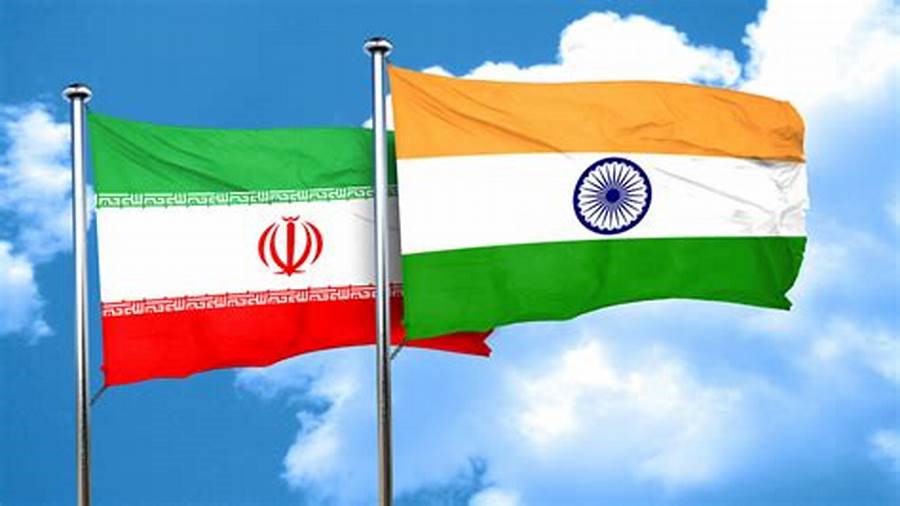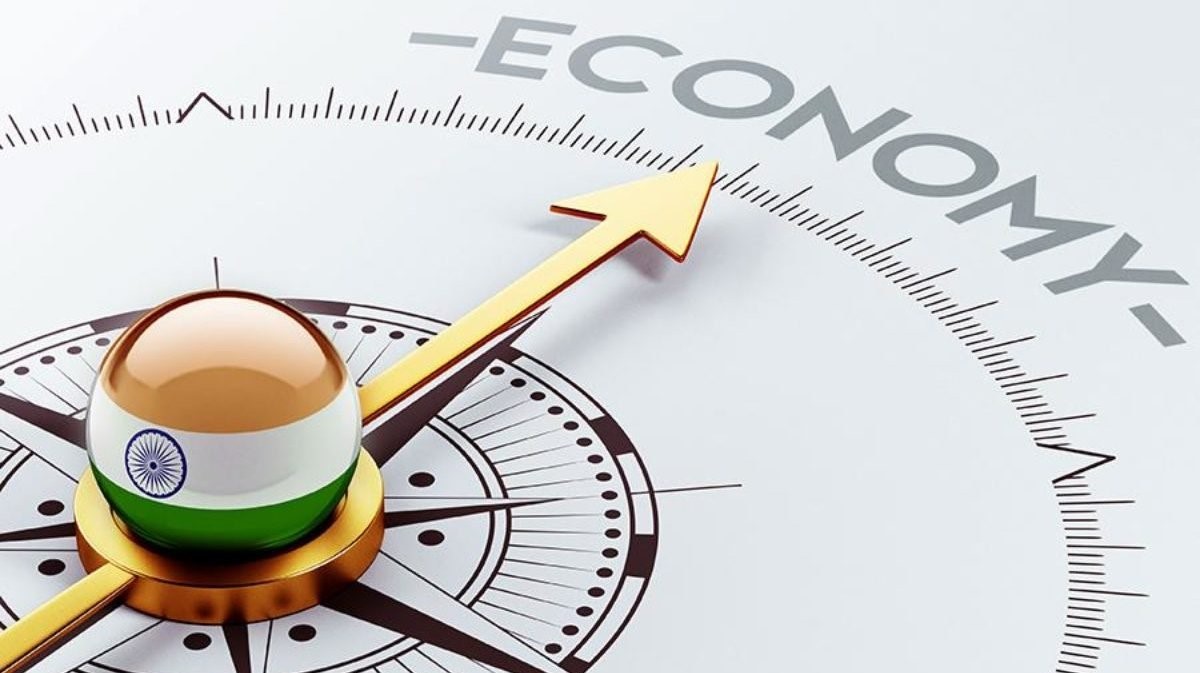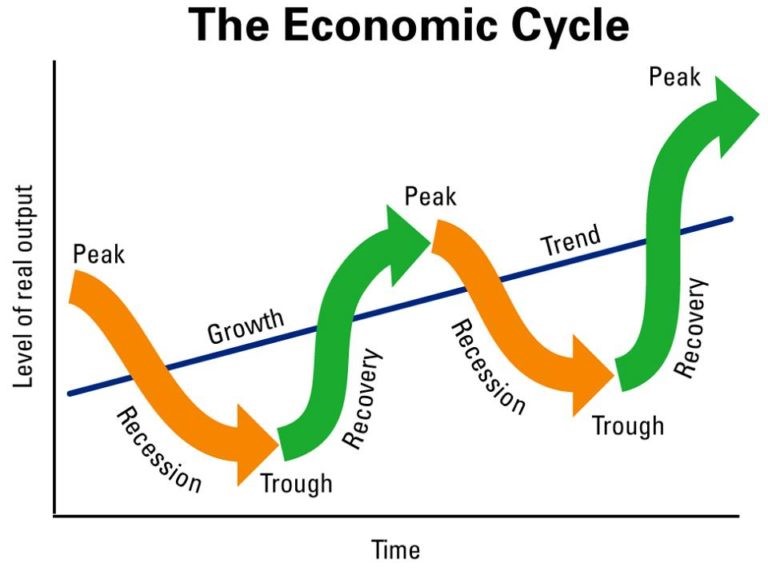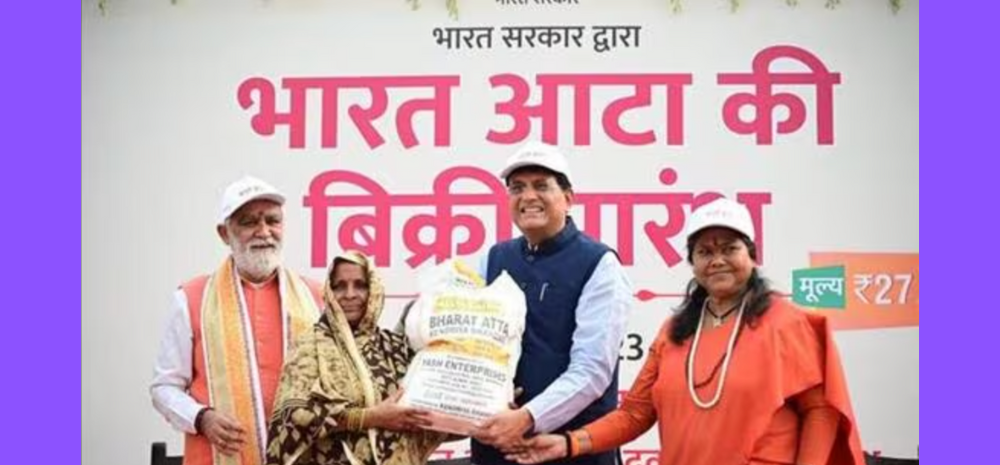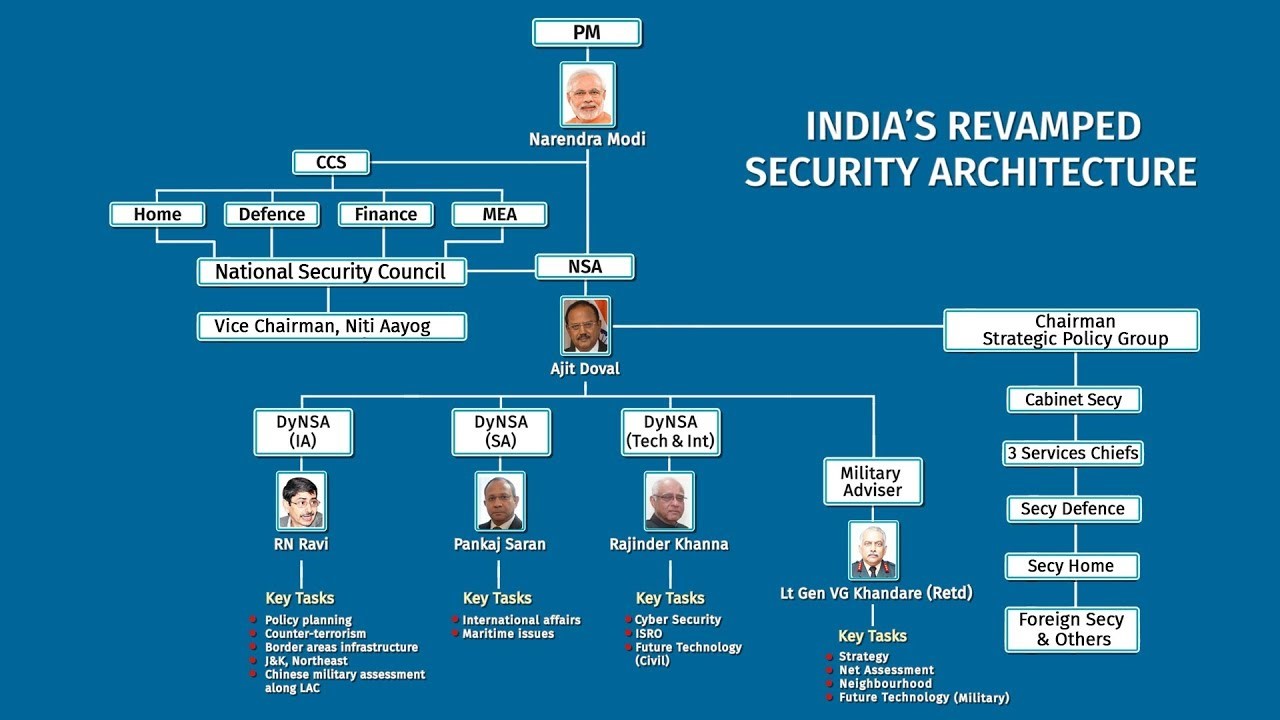INDIA- IRAN RELATIONS
Introduction
As the world moves into an uncertain future, Iran finds itself at a crucial juncture in its history, grappling with a range of challenges, including economic difficulties, domestic turmoil, and complex international relationships.
In recent years, Iran’s ability to endure adversity has been put to the test as it contends with a volatile economy, widespread internal dissent, and a shifting global geopolitical landscape.
Domestic Unrest: Expressions of Dissent and Struggles for Fundamental Rights
- Iran’s resilient and determined population has voiced its dissatisfaction through various waves of protests and dissent.
- From historical movements opposing Prime Minister Mohammad Mossadegh to the 1979 Islamic Revolution, Iranians have consistently advocated for democratic reforms and fundamental rights.
- Recent protests in 2019, known as “Bloody November,” drew attention to concerns about economic mismanagement, unemployment, and poverty.
- In 2022, the death of Mahsa Amini sparked nationwide outrage, leading to widespread demonstrations against oppressive government policies. This sustained protest underlines the population’s demand for democracy and an end to authoritarian rule.
India-Iran Relations
Historical Background:
- The ancient connections between Iran and the Indian subcontinent can be traced back to the splendid civilization of Mohenjo Daro and the Sindh Valley, flourishing between 2500 and 1500 BC.
- The influence of this relationship is evident in artifacts, pottery, and design similarities. Medieval Persian culture blended with India during the Delhi Sultanate and Mughal Hindustan periods.
- Persian served as India’s court language until British colonization, which led to reduced contact with Iran.
Post-Independence Era:
- India and Iran, once neighboring countries until 1947, established diplomatic relations in 1950.
- During the Cold War, their relations faced challenges due to differing political interests.
- While India pursued non-alignment and maintained ties with the Soviet Union, Iran aligned with the Western Bloc.
- Nevertheless, cooperation persisted, particularly in supporting anti-Taliban forces in Afghanistan.
Cooperation and Common Interests:
- Connectivity: With the land route through Pakistan inaccessible, Iran provides an alternative route to Afghanistan and Central Asian republics. It plays a crucial role in the International North South Transit Corridor, facilitating trade and connectivity.
- International Structure: Both nations seek to reform the global security framework. Iran opposes the UN Security Council’s current structure, while India aspires to a permanent seat. Their common status as outsiders in the global structure unites them in pursuing shared objectives.
- Economic Ties: Bilateral trade faced challenges due to sanctions, but India and Iran witnessed significant growth. Despite pressure from Western allies, India’s economic growth made Iran’s cooperation essential. Challenges like sanctions did not halt the growth in bilateral trade, with both countries recognizing the vast potential for economic cooperation.
Recent Developments:
- In 2022, India’s exports to Iran increased by 44%, totaling US$1,847 million.
- Imports from Iran rose by 60%, reaching US$653 million. Notable exports include rice, tea, fruits, and pharmaceuticals, while imports consist of dry fruits, chemicals, and precious stones.
- India had historically been a major importer of Iranian oil, but procurement ceased in 2023 due to the absence of sanction waivers from the US.
Foreign Trade Policy 2023:
- India’s FTP 2023 focuses on strengthening exports and transforming India into a global trade hub.
- Emphasizing the use of the Indian rupee in cross-border trade, the policy aims to deepen trade relations, highlighting the rupee’s potential as a global currency.
- These objectives are particularly significant for India-Iran trade.
Diversifying India-Iran Trade Portfolio:
- India and Iran aim to diversify their trade beyond agricultural products and fruits.
- Mutual investment support and expanded cooperation in medicine, pharmaceutical raw materials, and stronger bilateral and multilateral trade agreements are envisioned.
- Iran’s major exports to India include petroleum products, with significant growth in 2022. The trade potential encompasses various products, such as tea, sugar, machinery, and minerals.
Stability and Regional Security:
- Addressing regional security concerns, India seeks stability amid tensions with Pakistan.
- Strengthening ties with Iran offers a strategic advantage, acting as a counterbalance to Pakistan.
- Both nations collaborate on counterterrorism efforts, aiming to eliminate terrorist activities, gun trafficking, and narcotics trade.
- India and Iran share common goals in ensuring Afghanistan’s stability and reconstruction.
International Terrorism:
- India and Iran jointly combat extremist Sunni Islamist groups and the resurgence of Wahhabi influence in South Asia and the Middle East.
- A joint committee established in 2003 targets terrorist activities, gun trafficking, and narcotics trade.
- Both nations collaborated during the Taliban era, with India supporting the reconstruction and stability of Afghanistan.
Geopolitical Relations:
- Despite some shared strategic interests, India and Iran differ on key foreign policy issues. India opposes Iran’s nuclear program and supported NATO-led forces in Afghanistan, unlike Iran.
- While differences exist, both nations continue to oppose the Taliban, seeking a stable Afghanistan.
Strategic and Defense Cooperation:
- India and Iran pursue strategic and defense cooperation, aiming to enhance military capabilities. Initiatives include collaboration on army, navy, and air force services.
- Despite past efforts, cooperation remains limited due to India’s alignment with Western powers.
- India provided assistance for upgrading Iranian military hardware, including submarines, but overall collaboration remains modest.
India-Iran Energy and Infrastructure Collaboration:
- Despite challenges such as import restrictions on Iranian oil and reduced Indian involvement in projects like the Chabahar port, energy and infrastructure cooperation between India and Iran holds significant potential.
- Iran’s abundant hydrocarbon reserves align with India’s energy needs. Iranian oil exports to India experienced remarkable growth in 2022.
- Opportunities in gas reserves, submarine pipelines, and infrastructure projects like offshore gas fields and petrochemical industries present avenues for collaboration between the two nations.
Key Issues in India-Israel Relations:
- Halt in oil imports from Iran since May 2019 due to U.S. sanctions (CAATA) following the Iran nuclear deal withdrawal, impacting India’s energy security.
- India’s close ties with Israel and Iran’s partnership with China through a 25-year strategic agreement, adding complexity to regional dynamics.
- Iran-backed Houthis in Yemen launching drone attacks against Saudi Arabia and the UAE, both important partners of India.
- Iran’s strong condemnation of India’s abrogation of Article 370, granting special status to Kashmir, contributing to regional tensions and diplomatic challenges.
- Iran’s strong support for Hamas in the Israel-Hamas conflict is a cause for concern in India. India maintains good relations with both Israel and Palestine but condemns any form of terrorism, a stance it has reiterated multiple times.
The Way Forward:
- Emphasizing Mutual Understanding: Both India and Iran should focus on areas of convergence and recognize each other’s common interests to foster cooperation.
- Potential for Achievement: India and Iran have significant potential for collaboration and can achieve a lot together.
- Assertive Diplomacy: India’s assertive diplomacy, standing by its neighbors and friends while fulfilling national interests, is a positive approach.
- Vision for Engagement: Extending this vision to engage with Iran could lead to substantial cooperation between the two nations.
- Ripe Time for a Reset: The current circumstances provide an opportune moment for India and Iran to reset their relationship and explore new avenues of cooperation.
Conclusion:
Iran’s resilience is being tested amid economic challenges and global complexities. Diplomatic skill, internal
India’s economic cycles synchronised with advanced countries
Context –
The Indian economy has demonstrated strong performance in the first half of this fiscal year despite increasing global risks.
Resilient Growth:
The Indian economy has exhibited remarkable resilience during the initial half of this fiscal year, registering a robust growth rate of 7.8% in the first quarter.
Economic Strength:
Several indicators point to the strength of the economy, including high PMI figures, consistent tax collections, substantial public investments, and a supportive financial environment.
Overcoming Challenges:
Despite challenges like elevated food inflation and sluggish exports, the Indian economy continues to show positive trends.
Global Challenges and Interactions:
Global Influences:
While India’s domestic economy remains resilient, it encounters challenges stemming from global factors. These global dynamics, encompassing cyclical elements, shocks, and structural transformations, significantly impact the country’s economic landscape.
Global Integration:
The nation’s integration with global markets and fluctuations in trade, particularly with Europe, the US, and the Asia Pacific region, contribute to these effects.
Geopolitical Considerations:
Ongoing geopolitical conflicts and unpredictable weather patterns further stress the domestic economy.
Long-Term Growth Prospects:
Structural Transformations:
India’s growth narrative in the medium to long term is shaped by extensive structural changes, including shifts in globalization, technological disruptions, climate action, and demographic transitions.
India’s Growth Outlook:
As global growth potential diminishes, India aims to boost its growth prospects by focusing on infrastructure development, growth-oriented reforms, and diversifying global supply chains.
Bharat Atta: Subsidized Wheat Flour Scheme
Context:
The Indian government has introduced a subsidized wheat flour program named “Bharat Atta” to stabilize food prices during the festive season. This initiative aims to release a significant quantity of state-owned wheat to various cooperative outlets and federations.
Bharat Atta Program
- Distribution Channels: The primary channels for distributing Bharat Atta include Kendriya Bhandar, a network of cooperative general stores, the National Agricultural Cooperative Marketing Federation, and the National Cooperative Consumers’ Federation.
- Reduced Price: Bharat Atta is available at a reduced price of ₹50 per kilogram, which is lower than the previous rate of ₹29.50 at Kendriya Bhandar.
- Expansion: To ensure widespread access, the subsidized flour will be made available at Kendriya Bhandar, NAFED, NCCF, government cooperative outlets, and mobile food vans operated by NAFED and NCCF.
- Government Support: The government is supporting this scheme by selecting firms through a tender process to mill the wheat, reducing the milling cost to approximately ₹80 per kilogram for large wheat millers.
Reasons for this Initiative
- Free Cereals: The Prime Minister recently announced the distribution of free cereals to 800 million beneficiaries entitled to subsidized food for the next five years.
- Price Controls: The government has implemented various measures, including banning wheat and rice exports, setting a floor price for onion exports, and reducing import duties on pulses, to counter rising food prices.
- Election Context: These anti-inflation measures coincide with crucial assembly elections in five states and an upcoming general election.
Challenges in Implementation
- Cereal Inflation: India continues to grapple with high cereal inflation, persisting for over a year, despite a significant wheat harvest, reaching double digits.
- Record Foodgrain Production: The final estimates for the 2022-23 crop output indicate a record high in foodgrain production. However, wheat production slightly decreased from initial estimates.
- Positive Outlook: Despite minor fluctuations, wheat production remains higher than the previous year, providing a positive outlook for addressing food price concerns.
Conclusion
The government’s “Bharat Atta” program reflects its commitment to ensuring that the festive season’s joy is not overshadowed by soaring food prices.
Indian Security Architecture
Context:
In a significant development, the National Security Council Secretariat (NSCS) is currently in the process of formulating India’s inaugural written National Security Strategy (NSS).
Definition of NSS: A National Security Strategy (NSS) document outlines a nation’s security goals and the strategies for achieving them. It assesses both traditional and non-traditional threats and opportunities while assigning responsibility to the agencies in charge of its execution.
Historical Background: India, since gaining independence in 1947, has not officially articulated its NSS.
Previous Attempts: There have been three previous endeavors to establish a national security strategy, conducted in 2007, 2019, and 2021, although political reluctance impeded the process.
India’s Security Framework:
- Impact of Nuclear Status: Following India’s recognition as a nuclear-armed state in 1998, notable transformations took place in the national security structure.
- National Security Council (NSC): Formed with the Prime Minister (PM) as its Chairman, the NSC includes the Home Affairs, Defence, External Affairs, and Finance Ministers as permanent members.
- National Security Advisor (NSA): The position of National Security Advisor was instituted, serving as the Secretary of the NSC.
- Strategic Planning Group (SPG): The SPG was established, led by the Cabinet Secretary.
- National Security Advisory Board (NSAB): NSAB was founded, comprising retired civil and military officials with direct access to the PM.
- Post-Kargil War Developments (1999): In the aftermath of the Kargil War, several significant developments occurred, such as the establishment of a Defence Intelligence Agency to coordinate military intelligence and the creation of the Nuclear Command Authority (NCA) to oversee India’s nuclear weapons arsenal.
It’s noteworthy that major global powers like the USA, UK, Russia, China, and neighboring countries like Pakistan have already formulated written National Security Strategies.

